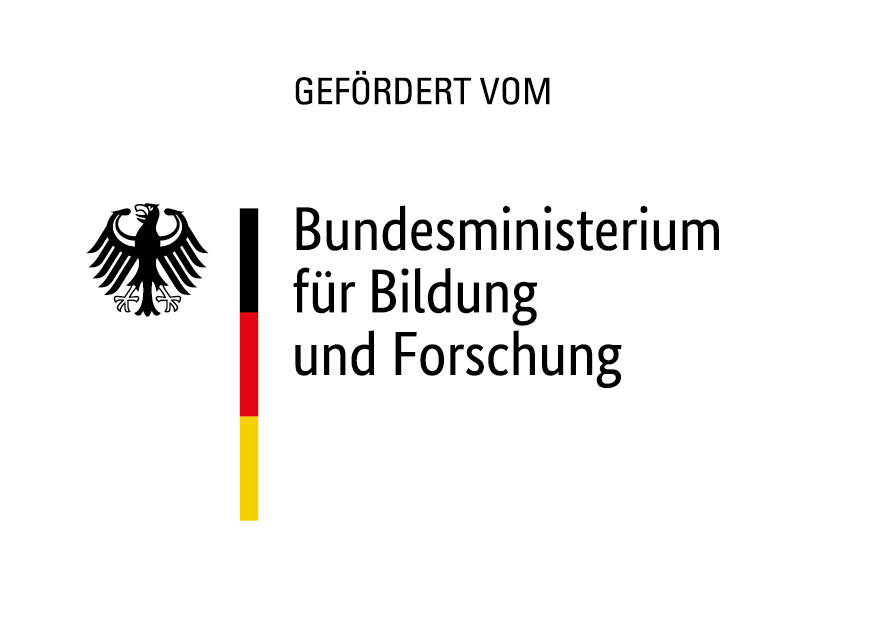
THE MODELING NETWORK
The Modeling Network for Severe Infectious Diseases is a research network founded in May 2022 and funded by the German Federal Ministry of Education and Research (BMBF). It consists of ten research consortia, three of them associated, and an overarching coordination office.
Since the end of 2019, a new type of virus holds the world firmly in its grip. The pathogen SARS-CoV-2 can trigger respiratory diseases and pneumonia and has claimed the lives of many people worldwide. The pandemic is profoundly affecting our daily lives and is bringing about drastic changes for everyone. However, SARS-CoV-2 is not the first virus to cause a pandemic and will not be the last.
Regarding the current pandemic situation, the Modeling Network for Severe Infectious Diseases is the first point of contact for inquiries from the German government.
Why is modeling important?
Data-based modelings are an elementary tool for timely and targeted responses in the fight against pathogens. They link existing knowledge, make it interpretable and enable predictions about the spreading dynamics of infectious diseases. Besides medical factors they also include societal drivers, such as the contact behavior or containment measures that have been taken. The more data is added to a modeling exercise, the more accurate the prediction can become.
Another crucial ingredient are the assumptions a modeling is based on. In order to make statements as reliable as possible, it is essential to involve experts from different scientific disciplines when selecting these model assumptions and parameters. Machine learning methods can additionally improve the modelings.
Not only for COVID-19, but also for future pandemics, modeling provides the scientific basis for political decisions and intervention measures and thus has a direct impact on our lives.
Goals and tasks
The network has set itself the goal of strengthening the interdisciplinary exchange of leading scientists from the respective research disciplines. This is intended to sustainably increase modeling competence in Germany. To support this, the coordinating body organizes, among other things, a series of events such as workshops, annual conferences, or summer schools. The research results of these meetings are regularly featured in joint publications.
The scientific findings of the participating research consortia are highly relevant not only for advising the government but also for higher-level issues. Collaboration with other research networks such as the German Center for Lung Research, the Initiative Network University Medicine (NUM) or the Zoonose Platform will therefore be actively promoted. The generated modeling knowledge will be made available to all partners.
For the cross-disciplinary provision and use of research data, developing common standards regarding data management and preservation is essential. It therefore constitutes an important part of the modeling network’s duties.
Another significant goal, apart from the provision, is the publication of research results for the general dissemination of knowledge. A comprehensible manner of communicating the model results and securing the correct interpretation of model statements are hereby the top priorities. Furthermore, the disclosure of the underlying mathematical methods, including an explanation of the limits of their validity, are another important concern.
Moreover, the network is committed to the promotion of young scientists in order to sustainably strengthen modeling competence in Germany. On the one hand, conceptual workshops for experienced scientists are organized in order to develop general standards as well as teaching and training programs for the promotion of young modelers. On the other hand, these programs will be directly integrated in the curriculum of a series of summer schools offered by the network. In this way, a structured education in mathematical modeling can be established in the field of medical or epidemiological and public health studies.
Aims and abojectives
- Advising the government
- Promoting the exchange and networking of the scientific community
- Strengthening the cooperation with other research networks
- Making findings available for higher-level issues
- Developing common standards for data management and preservation
- Disseminating research results for general knowledge building
- Developing joint teaching and training programs for young researchers
- MONID

